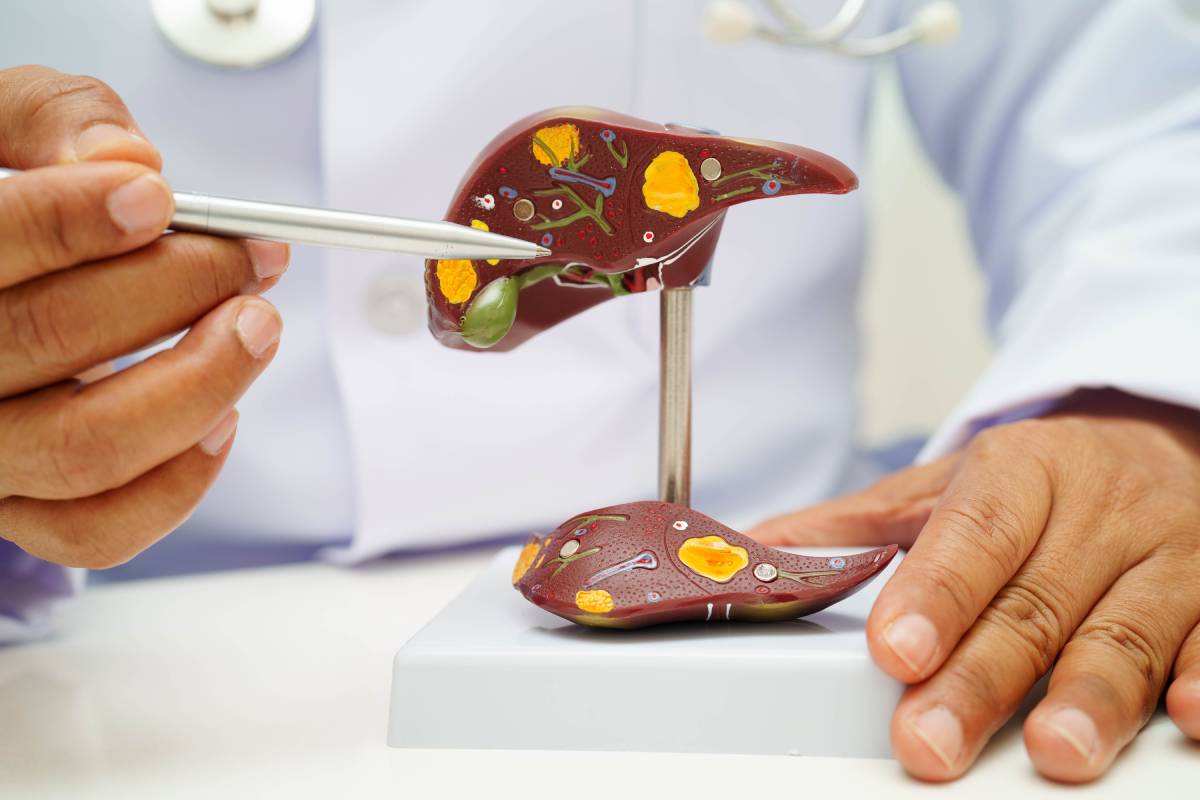When halothane was first introduced in 1956, it was widely celebrated as a revolutionary advancement in general anesthesia. Unlike its predecessors, halothane was nonflammable, had a pleasant odor, and produced smooth and rapid induction with minimal airway irritation. These advantages quickly led to its widespread use in clinical settings, particularly in pediatric or outpatient procedures. However, reports of postoperative liver necrosis after the use of halothane began to appear in 1958.1 By 1963, just 8 years after its introduction, at least 350 cases of “halothane hepatitis” had been recorded.
Through retrospective and prospective studies, several risk factors for the development of halothane hepatitis have been determined, including multiple exposure, middle age, obesity, and genetic predisposition. In a review of 251 cases of alleged halothane hepatotoxicity, 82% involved multiple exposure to halothane and 75% had been exposed to the agent more than once within 28 days.2 Middle-aged patients have a higher risk of developing liver damage than the young or elderly; 70% cases of halothane hepatitis occur in patients older than 40 years, with the peak incidence occurring between 50 and 60 years of age. Hepatic dysfunction is also more common in obese patients, likely since halothane accumulates in adipose tissue, which delays its excretion and increases exposure to halothane metabolites. Additionally, susceptibility to halothane hepatitis may be heritable; there is a correlation between the development of postoperative liver failure and Mexican-Indian or Mexican-Spanish descent.3
Research suggests that halothane-induced liver damage may result from an imbalance between oxygen supply and demand, particularly affecting the oxygen-poor region near the central vein. While systemic hypoxemia is rare during clinical anesthesia, localized liver hypoxia may still play a role. Conditions that increase oxygen consumption, like barbiturate use or hyperthyroidism, are linked to greater halothane toxicity in animal models.
Halothane is metabolized in the microsomal fraction of the liver through two pathways: oxidative metabolism in the presence of high oxygen tension, and reductive biotransformation brought on by hypoxic conditions. Trifluoroacetic acid and bromide ion are the predominant products of oxidative metabolism, while the major byproducts of reductive biotransformation are 2-chloro-1,1,1-trifluoroethane, 2-chloro-1,1-difluoroethylene and fluoride ion. These intermediate products may be responsible for direct hepatic injury. It has been proposed that liver damage is mediated via reactive, free radical intermediates, as occurs with the classical hepatotoxins carbon tetrachloride and chloroform.1,4 On the other hand, modern inhalational anesthetics, such as isoflurane, desflurane, and sevoflurane, undergo a different metabolic pathway and are less hepatotoxic.4
Overall, the history of halothane illustrates both the clinical advantages and the serious risks that can accompany new anesthetic agents. Halothane’s rapid adoption reflected the significant improvements it offered over previously available anesthetics, yet the recognition of halothane-associated hepatotoxicity quickly reshaped its role in clinical practice. Research into its metabolic pathways and patient-specific risk factors has provided important insights into drug safety and the mechanisms of liver injury. Today, halothane has been largely replaced by safer alternatives such as isoflurane, sevoflurane, and desflurane. However, it continues to see limited use in some low-resource settings and veterinary practices due to its affordability and availability.
References
- Brody G.L., Sweet R.B., Halothane Anesthesia as a Possible Cause of Massive Hepatic Necrosis. Anesthesiology ,1963; 24: 29-37.
- Inman W.H.W., Mushin W.W., Jaundice After Repeated Exposure to Halothane: A Further Analysis of Reports to the Committee on Safety of Medicines. British Medical Journal, 1978; 2: 1455-1456
- Ray D., Drummond G., Halothane Hepatitis. British Journal of Anaesthesia 1991; 67: 84-99
- Ryu D.K., Park M., Woo S., Cho H.S., Min J.J., Postoperative Liver Injury After Sevoflurane or Propofol Anesthesia in Patients Undergoing Non-Cardiac Surgery: a Retrospective Cohort Study. Scientific Reports. 2024; 14(1) doi:10.1038/s41598-024-61799-5
